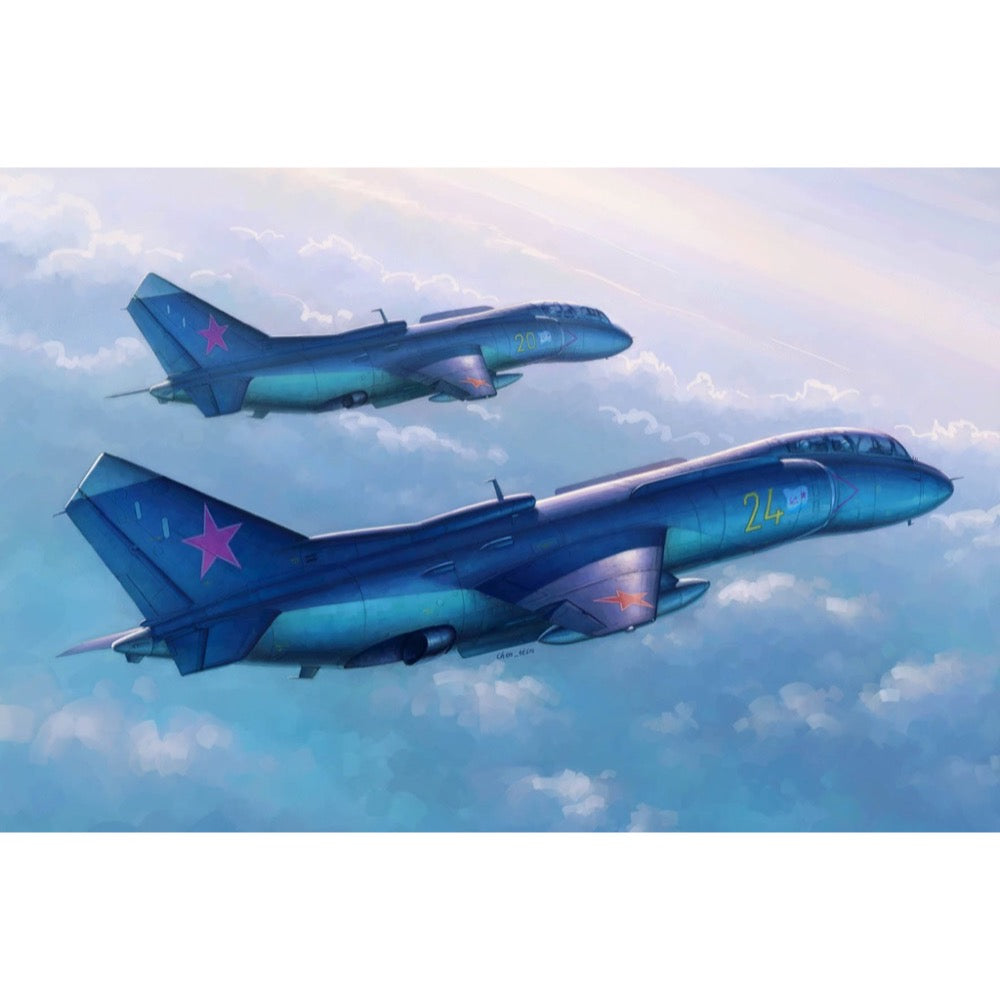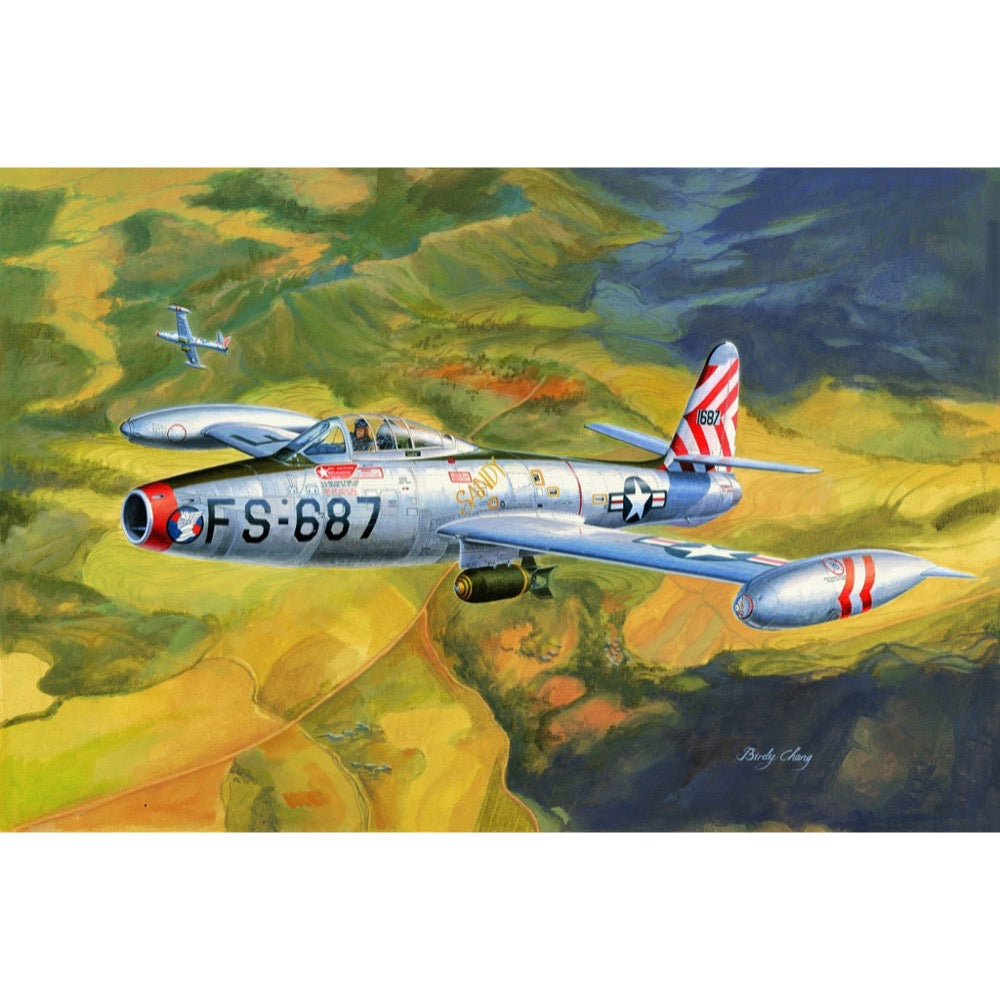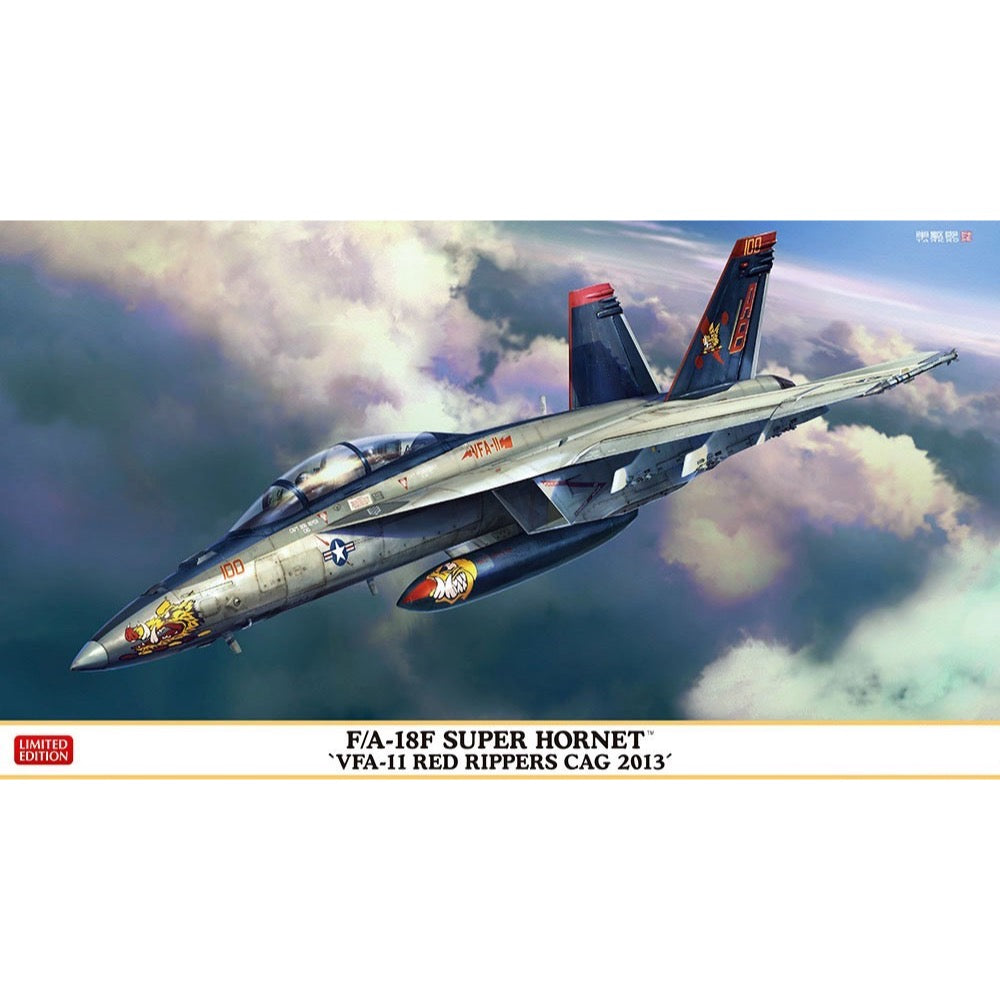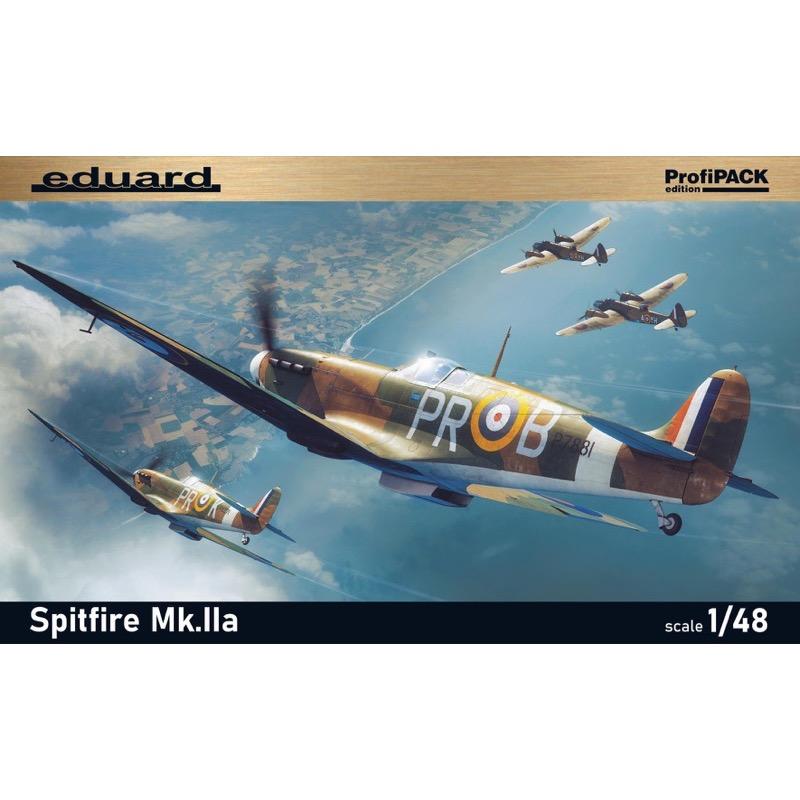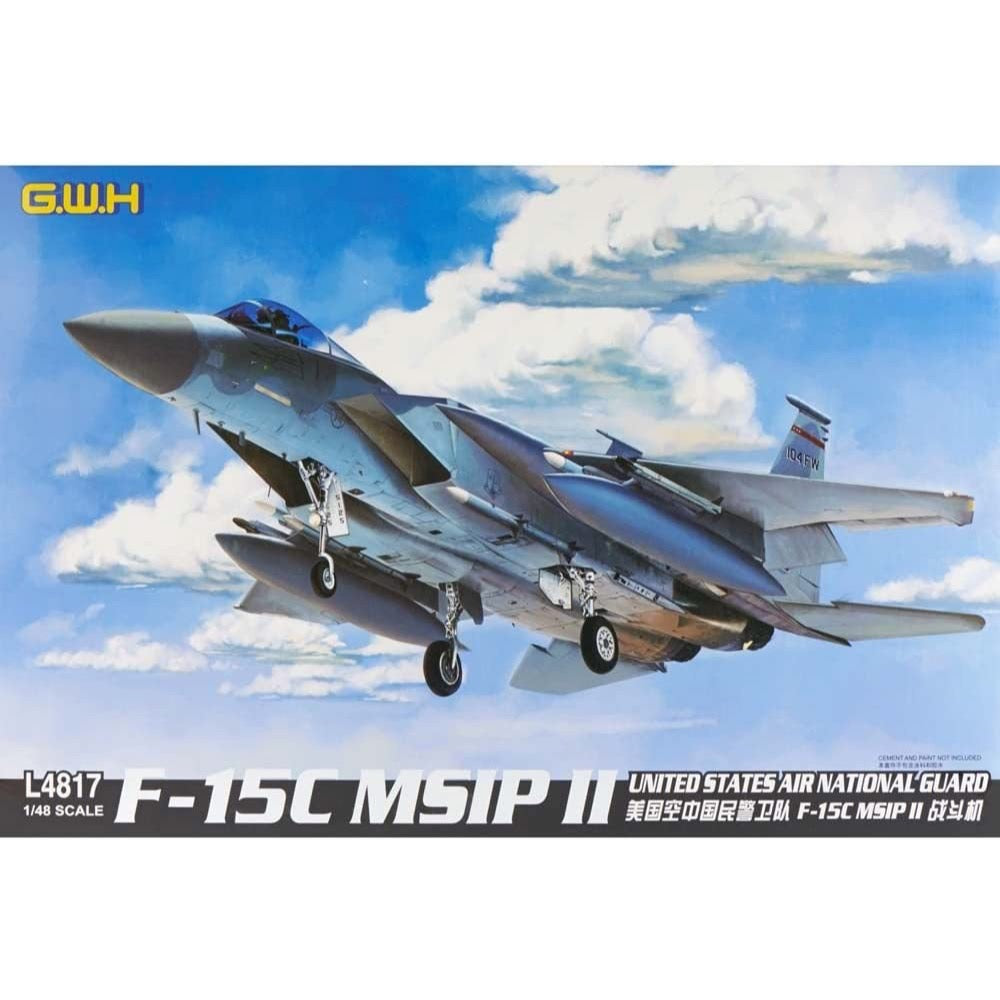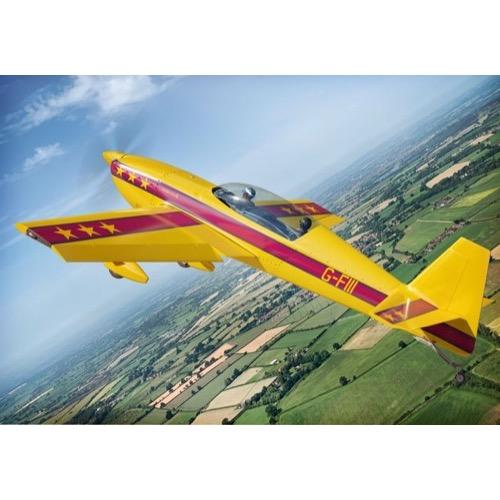
Smer 72841 1/72 Curtiss P-36 / H-75 Hawk
8.00
$
<h3>Curtiss P-36/H.75 Hawk</h3>
<p>Heller kit.</p>
<h3>Specification</h3>
<ul>
<li>Scale: 1:72</li>
<li>Marking: 2</li>
<li>Number of parts: 44</li>
<li>Length (cm): 11,6</li>
<li>Span (cm): 15,7</li>
</ul>
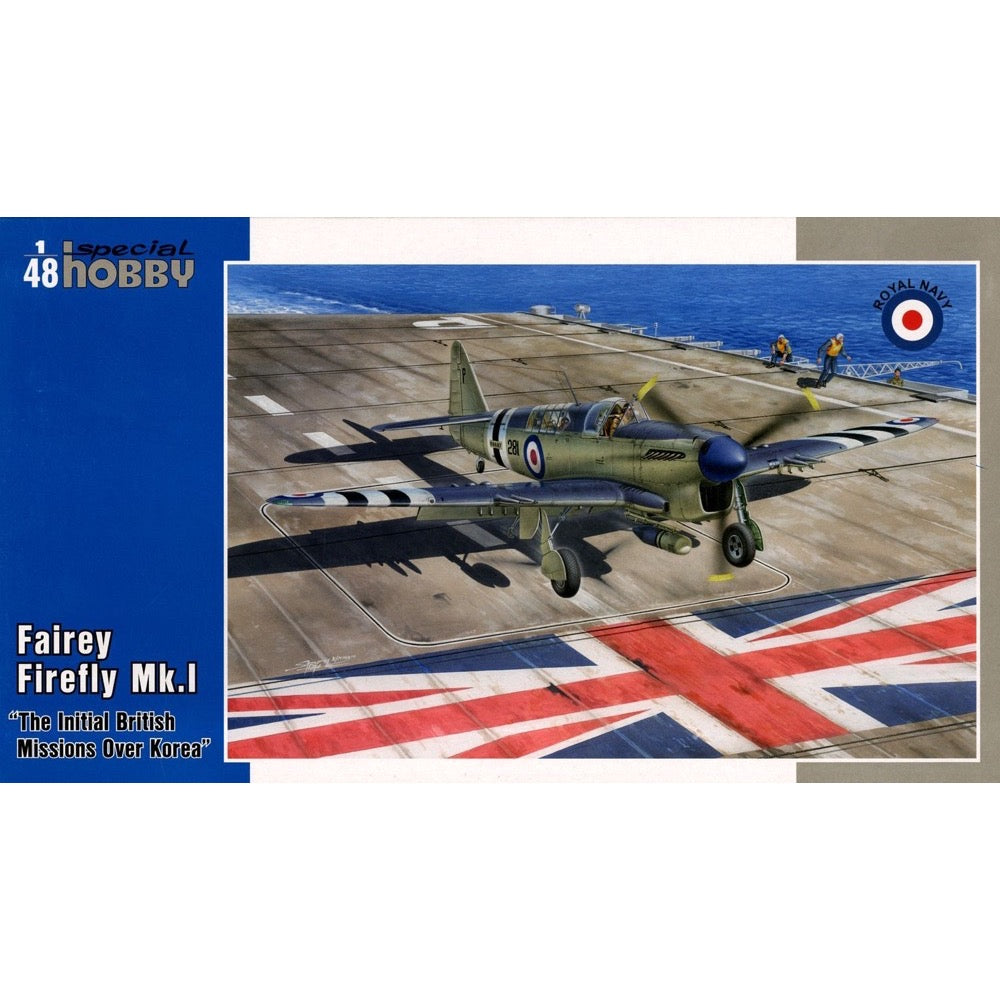
Special Hobby 48145 1/48 Fairey Firefly Mk.I
35.00
$
<h3>Fairey Firefly MK.1 "Korea War"</h3>
<p>This item is a plastic model kit and assembly is required.</p>
<h3>Features</h3>
<ul>
<li>
<p>Parts molded in gray and clear plastic</p>
</li>
<li>
<p>Includes photo-etched parts, injection-molded resin parts</p>
</li>
<li>
<p>Decals for Royal Navy markings</p>
</li>
</ul>
<h3>Specifications</h3>
<ul>
<li>
<p>Item Size: 36.0cm x 20.5cm x 5.0cm</p>
</li>
</ul>
<p> </p>
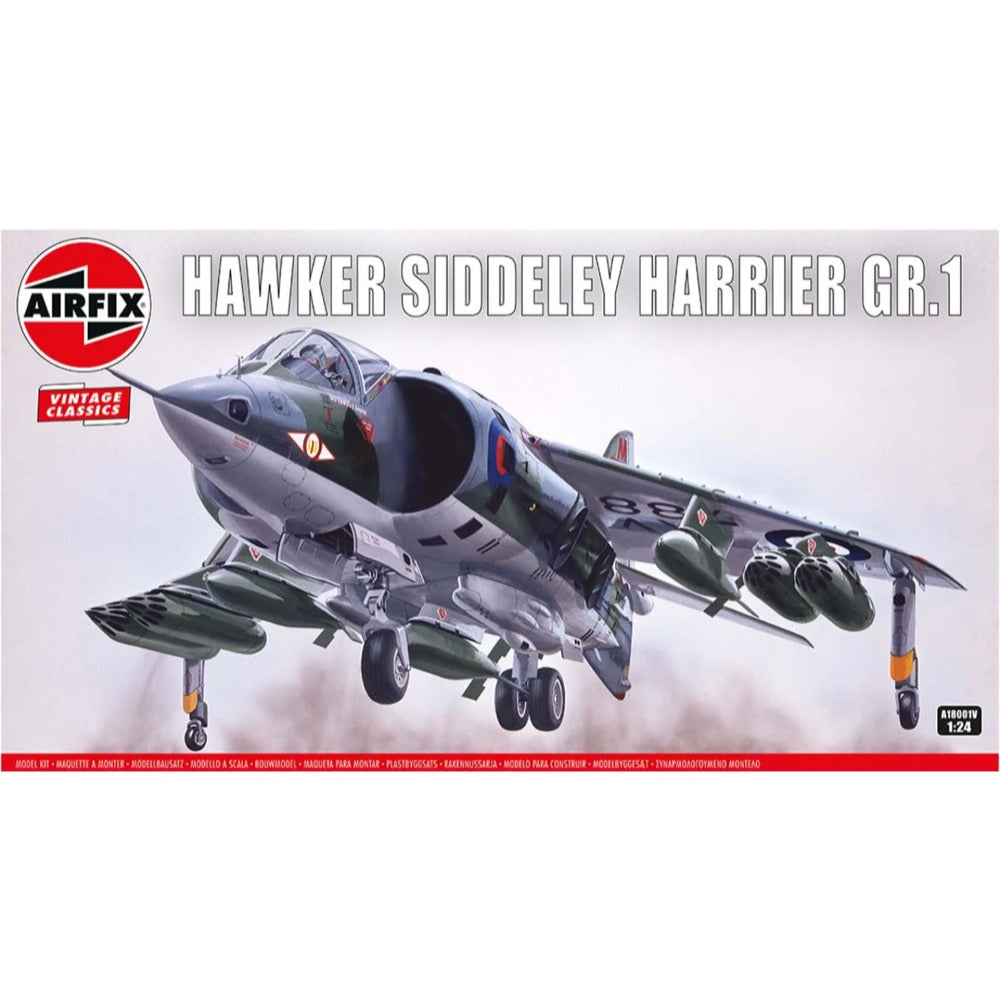
Airfix A18001V 1/24 Hawker Siddeley Harrier GR.1
60.00
$
<div>
<h3>Hawker Siddeley Harrier GR.1</h3>
<div>
<p>As one of the most significant aircraft in the history of aviation, the Hawker Siddeley Harrier GR.1 was funded by both the British and US military for development regarding transitioning between forward flight and hovering. The consummate display performer is also a crowd favourite</p>
<p>An aircraft which is undoubtedly one of the most significant in the history of aviation, the Hawker Siddeley Harrier GR.1 was developed from the Hawker P.1127 experimental aircraft produced to test the possibilities of V/STOL vectored thrust flight. These aircraft would successfully master the transition from hovering to forward flight and back to the hover, despite several of the development aircraft suffering accidents during testing. The prospect of a viable V/STOL aircraft proved to be of great interest to both the British and US military, who funded further development of the aircraft.The new 'Jump Jet' was an instant hit with the British public, who marvelled at the ingenuity of their aviation industry, which was once again proving to be the envy of the world. As the consummate display performer, the Harrier was always a popular display item with Airshow crowds, with the two forming a bond which would last right through the Harrier's long service career. In the eyes of the British public, no Airshow was complete without a display from Britain's world leading Harrier.Entering Royal Air Force service in April 1969, the operational flexibility offered by the Harrier GR.1 ensured the aircraft would never find itself too far away from potential conflict hotspots. Not confined to operating from military airfields, Harriers could be concealed in forest clearings or dispersed to sections of motorways, or even school playgrounds, but with the intention of keeping their location concealed from the enemy. With many of these early Harriers deployed in West Germany, they would act as a significant deterrent against Eastern Bloc aggression, potentially lurking in many undisclosed locations, poised to strike against attacking Soviet armour at a moment's notice.</p>
</div>
</div>
<h4>Contains</h4>
<ul>
<li>Sprues</li>
<li>Decals</li>
</ul>
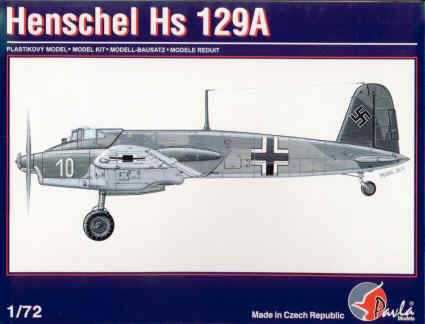
Pavla Models 72004 1/72 Henschel Hs-129A
9.00
$
<p>The experience of the Spanish civil War made German aviation experts rethink aircraft for close-support role. They again started to speak about an aircraft capable of attacking an enemy armor vehicles. In spring 1937 the Technische Amt of the RLM issued a requirement for a Schlachtflugzeug, specifying the use of two engines, minimal dimensions, armor protection of both cockpit and engines and a strong armament of 20mm cannon and machine guns. The requirement was submitted to a few aircraft producers. In October 1937 Henschel Flugzeugwerke proposal designed under Dipl. Ing. Nicholause supervision was accepted. He proposed a small conventional single-seat aircraft with two Argus As 41 OA inverted-vee engines. The shape of armored cockpit ,, bathtub "gave fuselage an unusual triangular cross section.</p><p>After mock-up was accepted the project received designation Hs 129 and building of prototype begun in October 1938. The HS 129 V-1 was flown for the first time on 20th May 1939 and shortly proved to be a poor aircraft. It had a heavy controls and insufficient climb. Risky take-offs and landigs resulted from the totally inadequate view from the cockpit. RLM ordered twelve pre-production Hs 129A-0 and sixteen production Hs 129A-1 models. Several pre-production aircraft saw limited service with the training unit in France. Hs 129A-1 series was canceled in behalf of more powerful Hs 129B.</p>
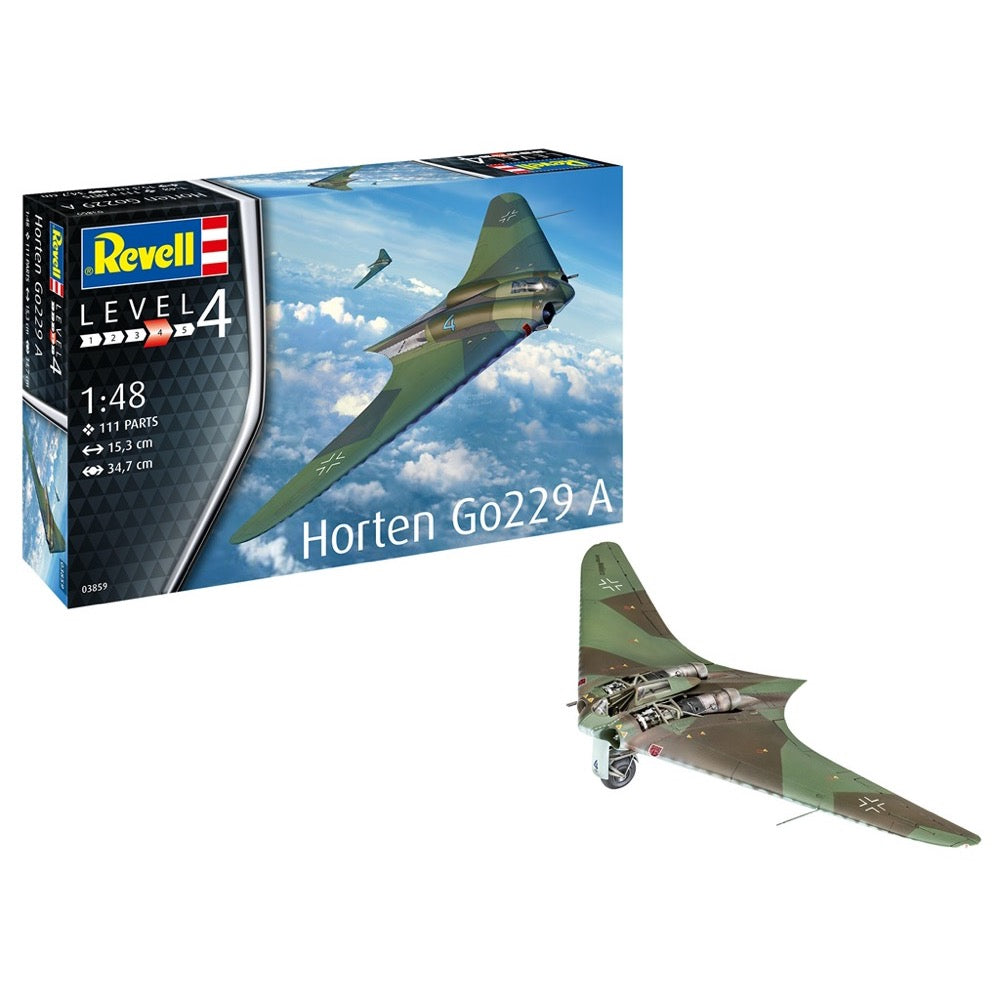
Revell 03859 1/48 Horten GO 229 A
40.00
$
<p>Replica of the Horten Go229 A. The flying wing aircraft was equipped with 2 jet engines, the prototype first flew in December 1944.</p>
<h3>Features</h3>
<ul>
<li>
<p>Detailed front and main landing gear</p>
</li>
<li>
<p>Detailed cockpit</p>
</li>
<li>
<p>Two 30 mm guns</p>
</li>
<li>
<p>Tubular frame inside</p>
</li>
<li>
<p>Detailed Jumo 004 engines</p>
</li>
<li>
<p>Decals for 2 versions of the Luftwaffe</p>
</li>
</ul>
<h3>Specifications</h3>
<ul>
<li>
<p>Age recommendation:12+</p>
</li>
<li>
<p>Number of parts:111</p>
</li>
<li>
<p>Length:153mm</p>
</li>
<li>
<p>Height:65mm</p>
</li>
<li>
<p>Span:347mm</p>
</li>
</ul>
<h3>Scope of delivery</h3>
<ul>
<li>
<p>Plastic model kit (unassembled)</p>
</li>
<li>
<p>Illustrated, multilingual assembly instructions</p>
</li>
<li>
<p>decals</p>
</li>
</ul>



